Submitted Review
‘Like being in a river, we were in motion with the momentum of currents greater than us.’
Maree Clarke 'Ancestral Memories'
Ancestral Memories represents a significant milestone in the National Gallery of Victoria’s history. This exhibition is the first to present the work of a living artist who has direct ancestral ties to Melbourne/Naarm. To put it another way: Melburnians, this land you stand on, right now, underneath the floors of high-rise apartments, roads, footpaths, concrete, asphalt, this place here – this is where Maree Clarke’s ancestors lived, walked, died, birthed generations for thousands of years and we are invited to share this moment. The cultural significance is undeniably paramount, but I did not enter the gallery space with this knowledge. I visited the NGV understanding it is an institution with plans afoot to be the leading contemporary art gallery in Australia.
Obviously I visited Ancestral Memories prior to the current lockdown. I have been thinking about elements of the show for about a week, perhaps a little slow on recognising the impact of the exhibition design to my interpretations of Clarke’s work. Upon entering the gallery space on level 3, I enter darkness: walls and display plinths painted jet black. It is unexpected and very effective, a dreamlike quality akin to a timeless space where objects and images float in the air, highlighted by bright spots of artificial light. I am presented with mourning images and objects, and the beginning of a sequential journey led by the artist’s major work Ritual and Ceremony (2012).
The vast black gallery space provides many avenues of interpretation: for me it is a continuation of the implied space created within the work itself, a portal between the blackness of the backdrop within Ritual and Ceremony and the physical space I exist in as the viewer. A flood of blackness. It also acts as a dark room reference, a practical, modern space, where film photography is developed, and images scientifically/magically appear to transform white apparitions into solid images. It can also symbolise the black body, the black experience. And of course, mourning.
A row of portraits hangs in a formal horizontal line: men and women clothed in black, set in a background of black, framed in white, with white ochre on their faces and hair. I notice the men have white markings on their black t-shirts reminiscent of body paint. Underneath them runs a long black plinth repeating the horizontal, a display of intriguing organic domes in what appears to be red, black, and white ochre, some with fine grained lines like capillaries. The constant replication of shape and colour hint at ritualistic meanings, sombre and sacred votives – for those familiar with places of worship and ceremony. What I learn from the wall didactic is that these are widow caps, entitled Kopi installation (2008-2010) they are related to Ritual and Ceremony by fact that the kopi were taken from the participants in the portraits. Traditionally worn in mourning periods by women who, after appropriate duration, would then place them on the burial site of the deceased.
The curator, Myles Russell-Cook has included some of Clarke’s early documentary photography from 1990 – 1995. Clarke, a Mutti Mutti, Wamba Wamba, Yorta Yorta and Boonwurrung woman documented family life, community and friends, marches and protests for Indigenous rights. They are also in black and white and offer a frame of reference to the artist’s early creative journey with the medium.
As I walk deeper into the gallery I am taken aback by the sheer number of portraits on display. I move from room to room following their lead. I now note that Ritual and Ceremony is in fact a series of 84 black and white photographs, family and friends collaborating as subject. As individual images they are of a standard portrait format: frontal from waist up, with subtle variations in movement of head and gaze. Other contemporary photographers have used similar, including peers and younger Indigenous artists: Christian Thompson AO, Tony Albert, Brook Andrew. When presented here in their totality as one work they become something else. The sheer number and placement create a modulated, repetitive weaving, a thrumming movement that glides its way throughout the space. Or perhaps vertebrae, one module dependent upon the next. This work is the backbone of the show.
This rhythm acts as a type of meta self-referencing across her work, in process, medium, design. They are building blocks of repetition, materiality, scale, and self/cultural/historical-referencing that become a visible thread throughout the artist’s decades-long practice. River reed necklace set (2019-20) astounds (as do the other large scale necklace installations) for its around 40-metre length made from hand cut river reed, twine, feathers and seeds. They are hung high, suspended, befitting of a giant – a deity – therefore transforming from what we would understand as being adornment into something mysterious and monumental. The artist is known for her jewellery objects, linking ancient culture with contemporary. This presentation does not disappoint, presenting a breadth of this oeuvre including items made from kangaroo teeth, sinew, native flora to her more recent playfulness with materials: gold, blown and cast glass, steel, silver, plastic.
The artist is considered with her mediums. This intent with materiality is the artist pushing herself beyond historical referencing and research into realms of artistic experiment and statement: a contemporary artist, creating contemporary art, built from a place of history and cultural reverence. An ongoing act of reclamation. I also interpret this as a play with time, disrupting this notion of linear time in a way that is hard to quite capture. A philosophical notion of an infinite place: a slippery, watery, serpentine, circular pattern of past, present and future merging, moving backwards and forwards at the same time. Links of oversized reed necklaces, collaboration of generations, ritual repetition, inclusion of a rare 19th century Yorta Yorta possum skin cloak on loan from Melbourne Museum partnered with a major contemporary collaborative possum skin commissioned by the NGV, they become symbolic of the slippages of time, memory, preservation, change and survival.
Wandering through the various rooms I noticed my own pattern of movement: I started moving forward, then retraced my steps backwards, to and fro, repeatedly. I realised many of my fellow gallery visitors were doing the same. We were mimicking the patterns, the flow of the work. Like being in a river, we were in motion with the momentum of currents greater than us.
It seems fitting then to find oneself in a large space with suspended glass objects, segments creating another vertebrae motif in curvilinear movement. Ancestral Memory I and II (2019) were created during Clarke’s residency at Canberra Glassworks. Like the installation Me, In Mourning (2019) and her sixty-pelt possum skin cloak from 2020, they are presented as pivotal intonations within the artist’s career. Apart from being a shimmering beautiful aesthetic installation, they reinforce the slippery metaphors, referencing the native eel in male and female form, and their migratory routes through the underground waterways of Melbourne.
A small anteroom is painted in an all-enveloping contrasting vermilion, similar to the spillage of black, the red seems to flow from the videos projected across one wall to flood the room. On loop are two single channel works Born of the Land (2014) and Born of the Land II (2021). The earlier focusing on the artist as subject, the latter on multiple individuals representing generations, emerging from mounds of red earth in literal translation of their titles. Other recent lenticular photography and lightboxes are also on display, revealing the artist’s interest in working across mediums, and with Made from memory – on the banks of the Murrumbidgee River I, II and II (2019-20) again meta-imbued as the artist’s own fingerprint is stamped across the picture plane of each scene of Country, camp and memory.
A practice spanning 30 years, considered, and evolving. In Ancestral Memories one can feel the importance of holding on to stories, memories, and experiences as a method of cultural respect, connection, and survival – but as an artist, Maree Clarke gives us more through her process, she ignites the imagination in ways that artists do – through deep reflection and transliteration. Absolutely this should be on your post-lockdown visitation list.
MS
Marielle Soni
A hardcover publication accompanies the exhibition which includes essays by the curator Myles Russell-Cook plus Fran Edmonds, Kimberley Moulton, Charlotte Day, Claire G. Coleman, Hannah Presley, Helen Ennis and Judith Ryan AM.
Exhibition is located on level 3, Ian Potter Centre: NGV Australia, Federation Square. Due to current Covid restrictions please visit the venue’s website for up-to-date opening dates.
Installation images of Maree Clarke: Ancestral Memories.
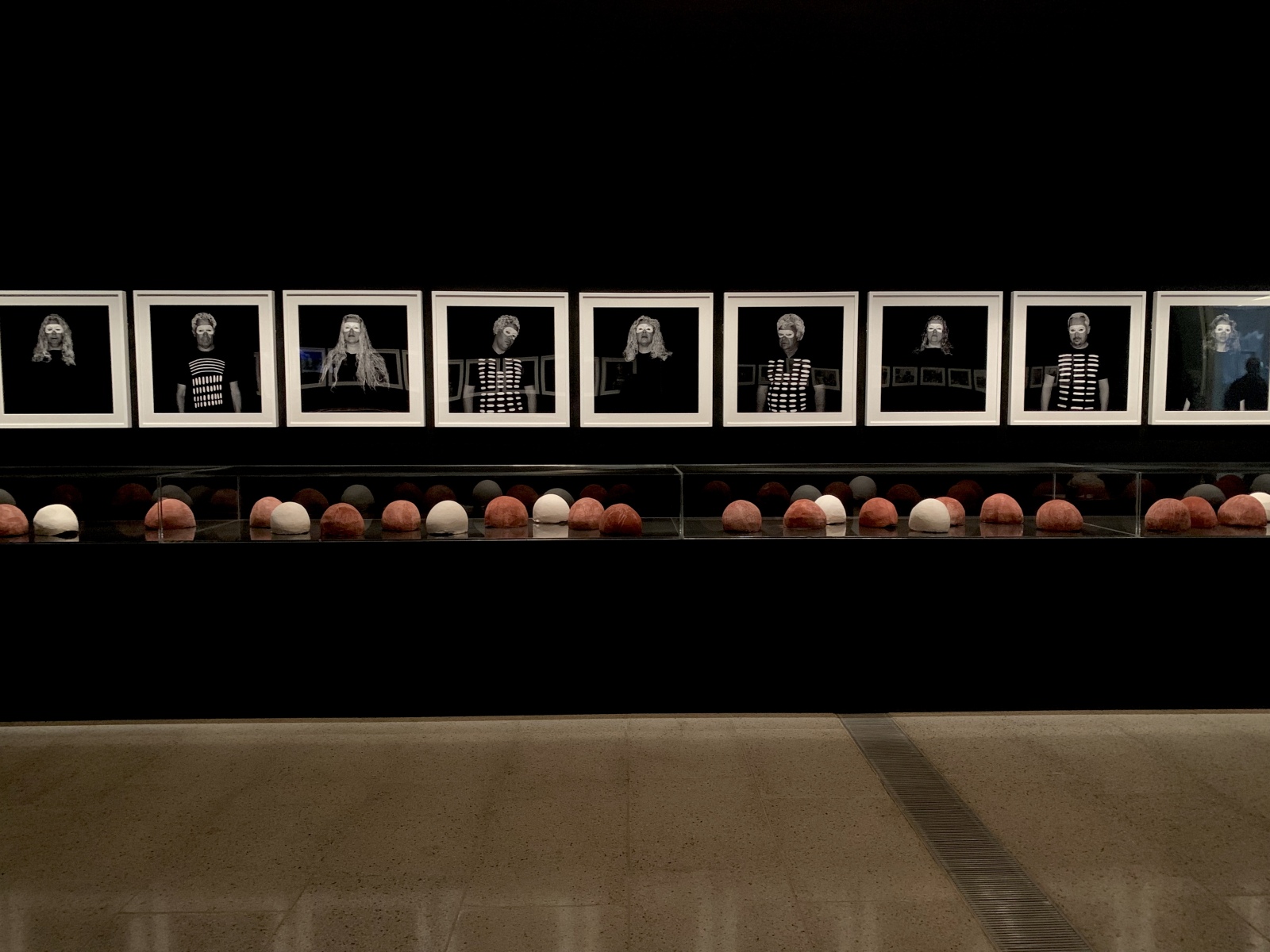
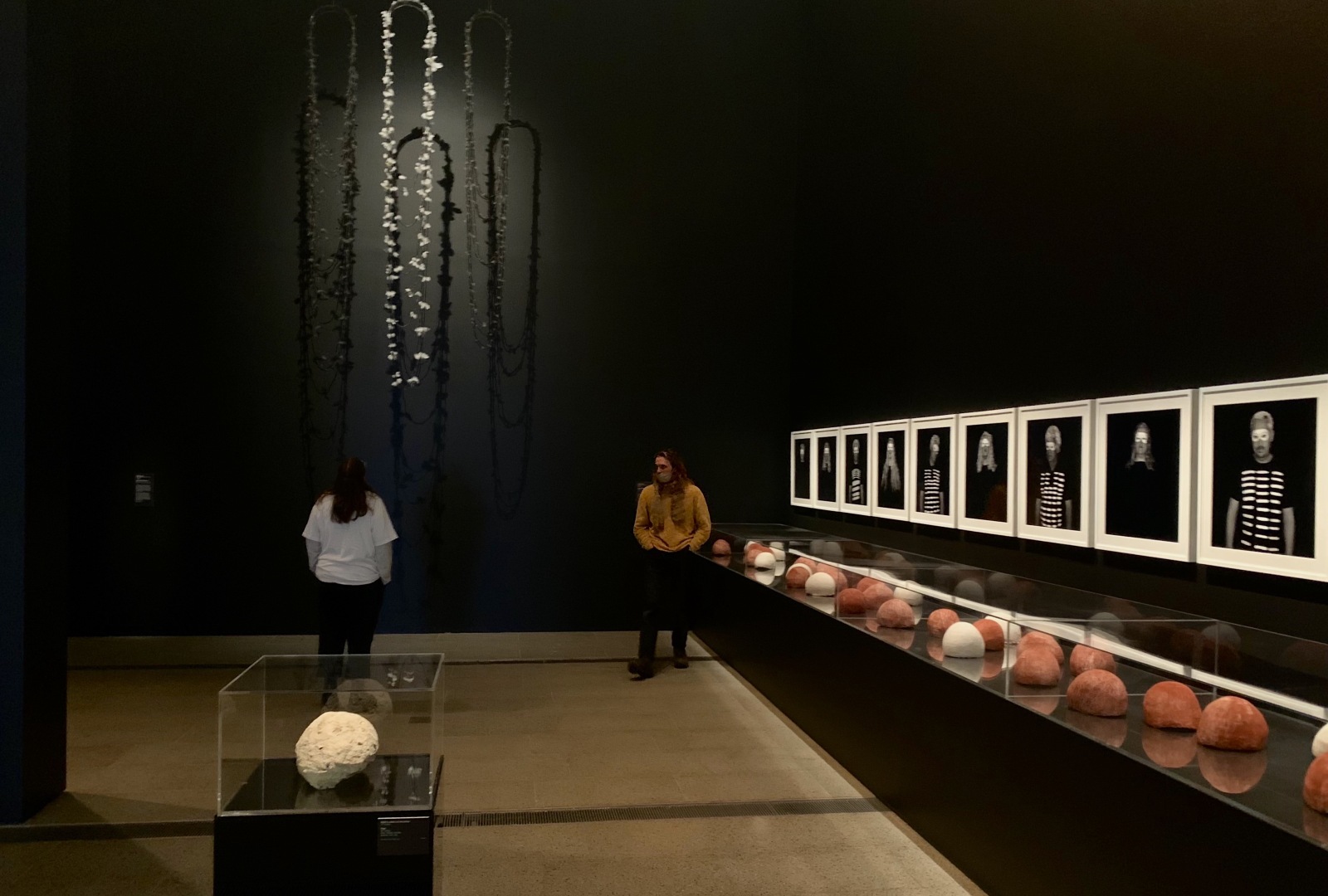
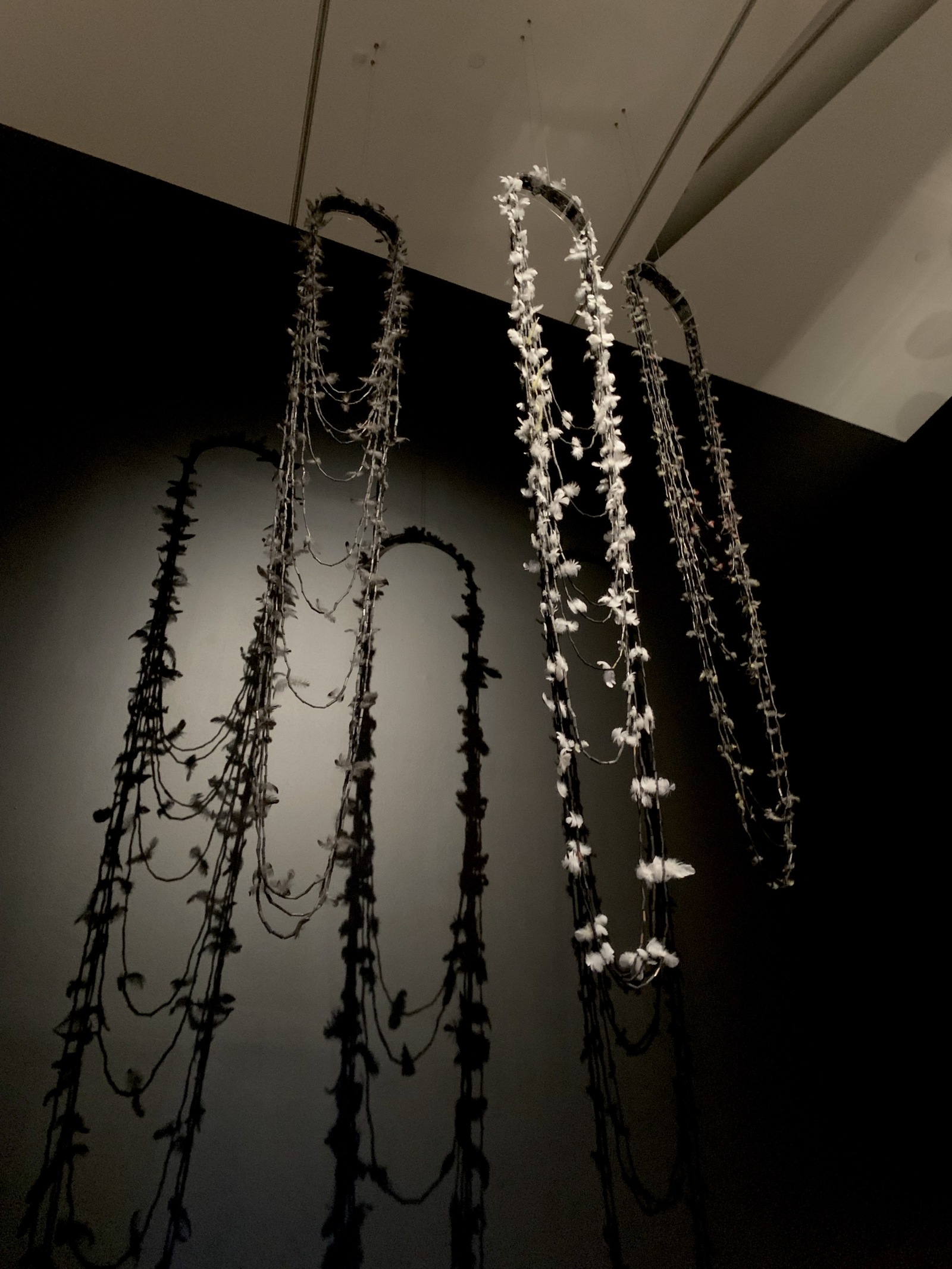
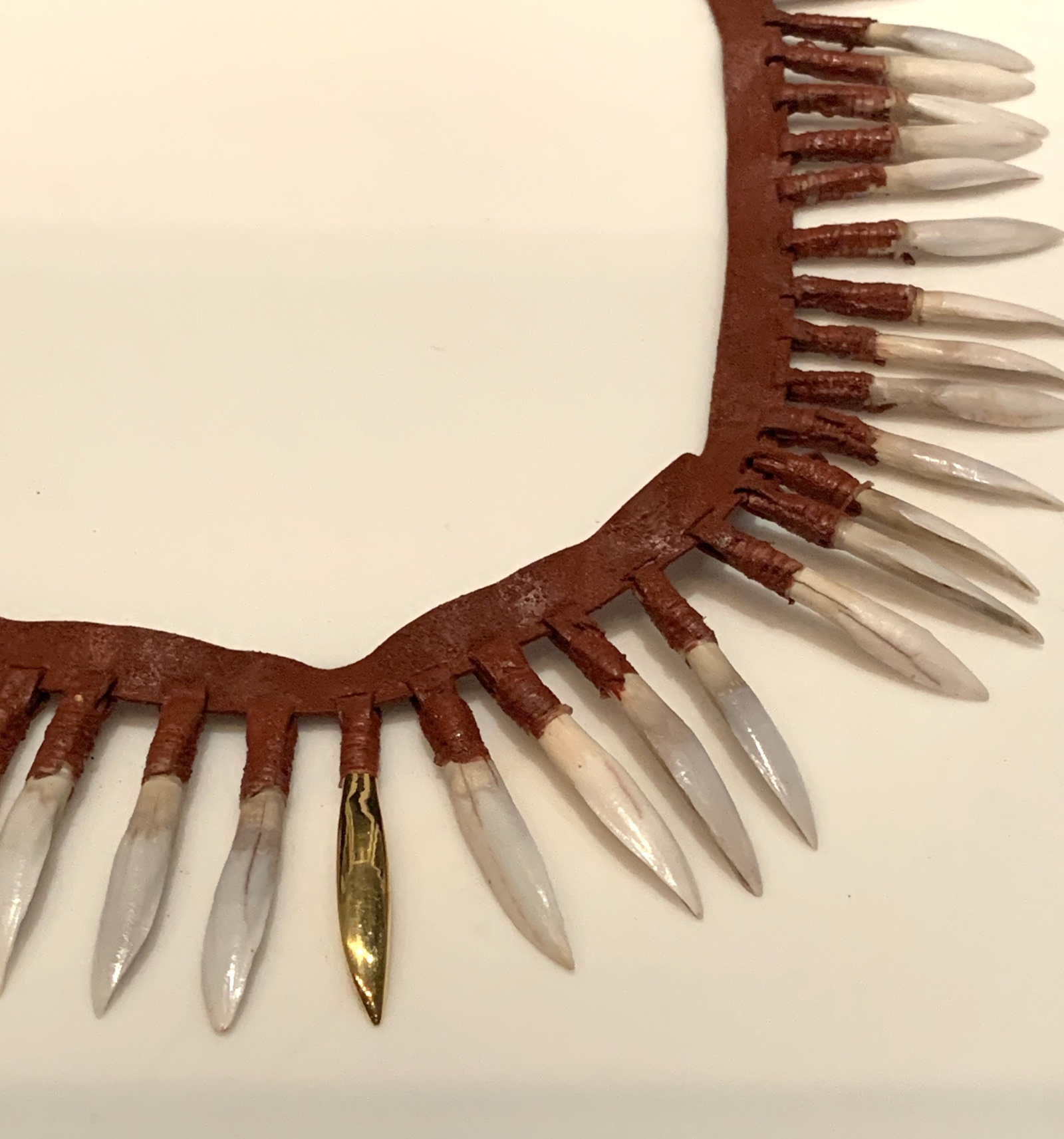
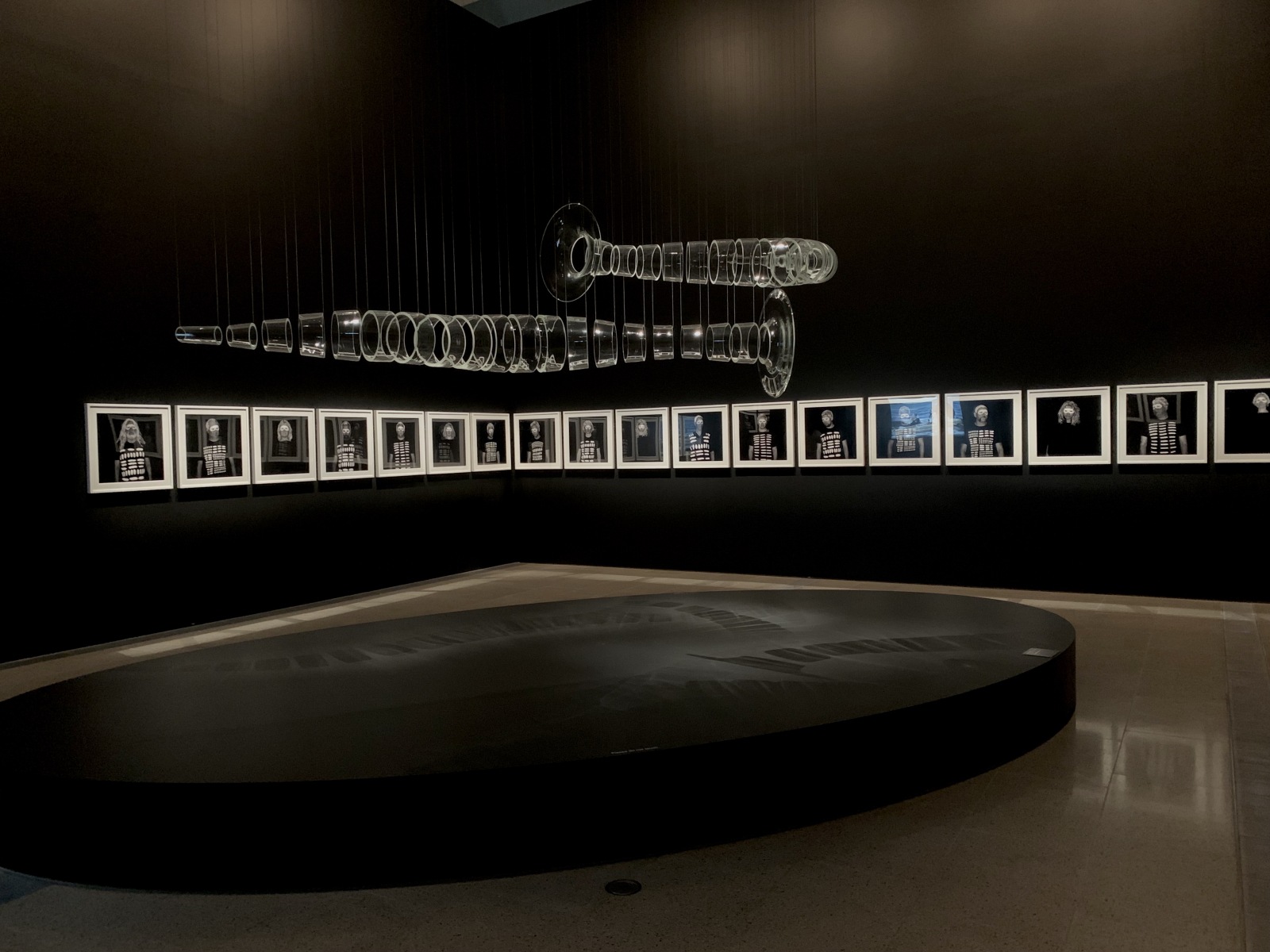
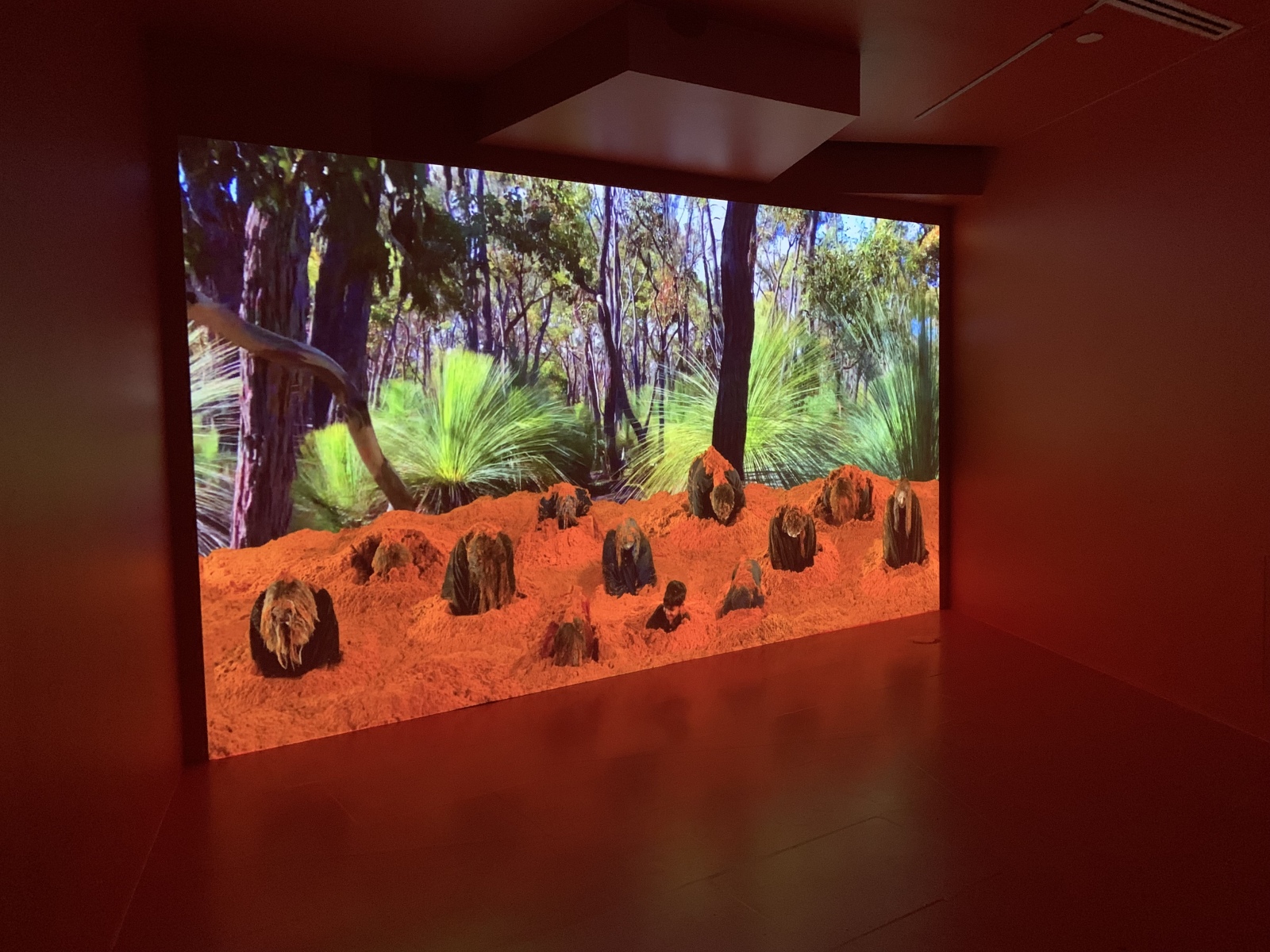
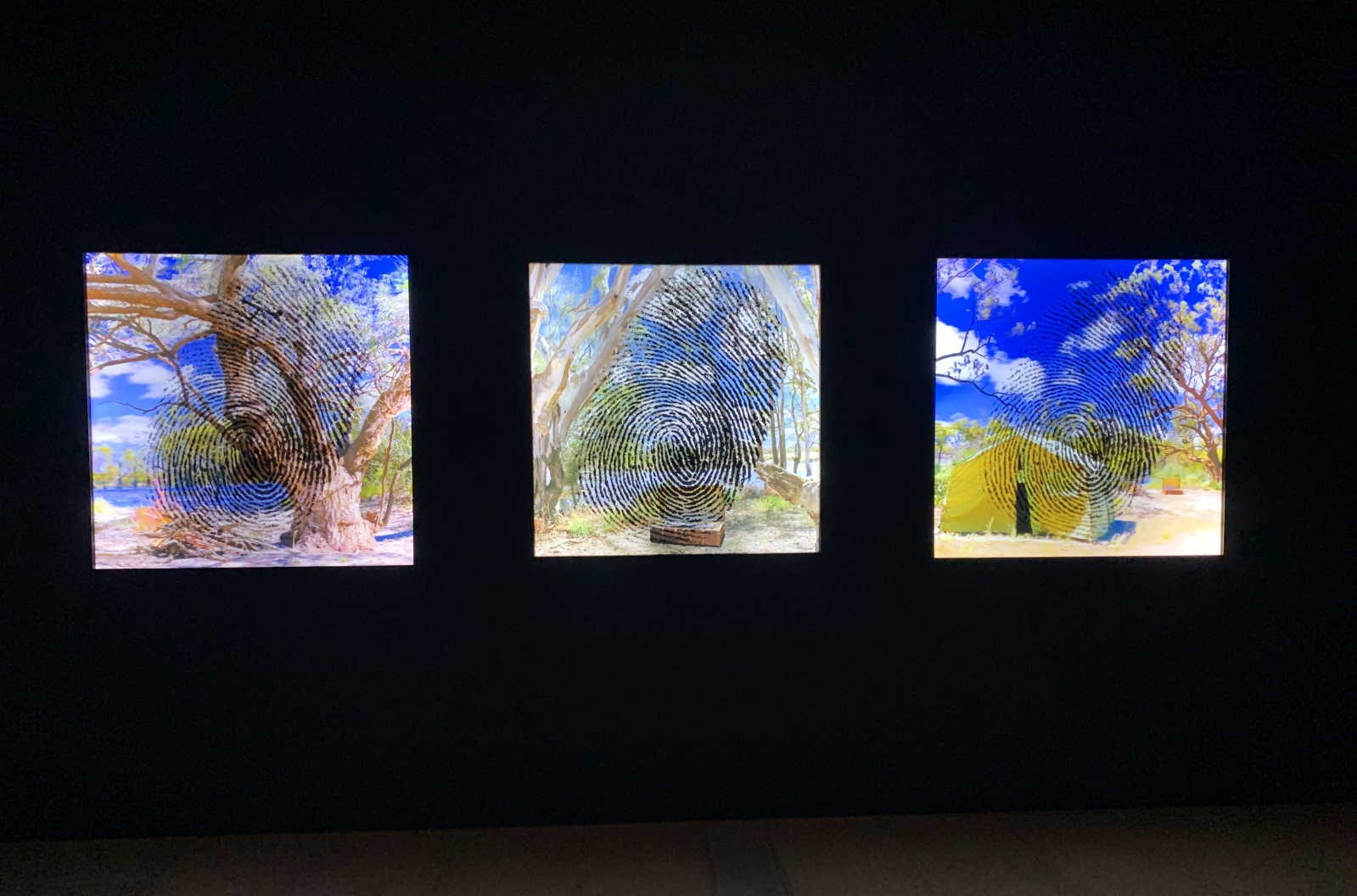
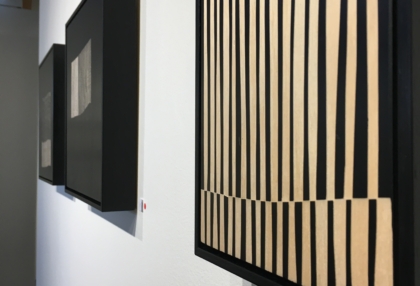
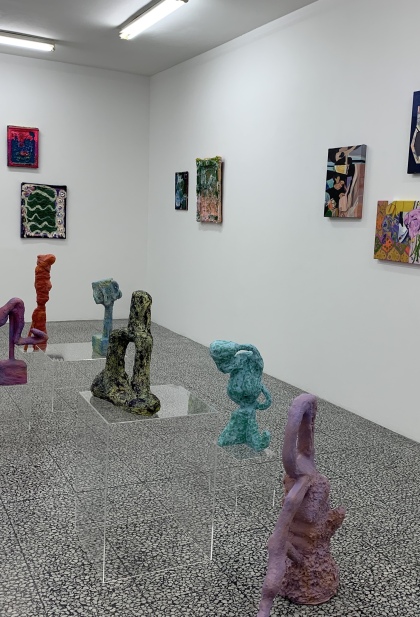
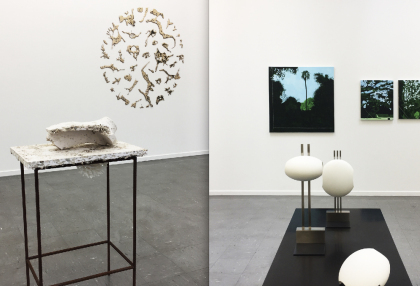
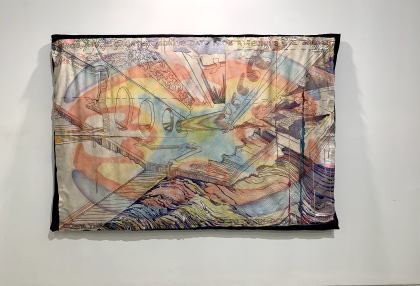
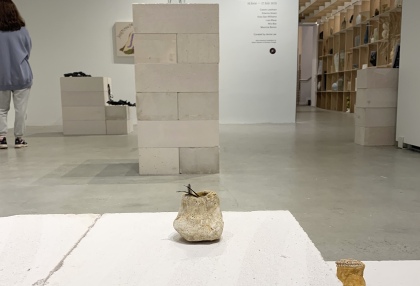
No Comments